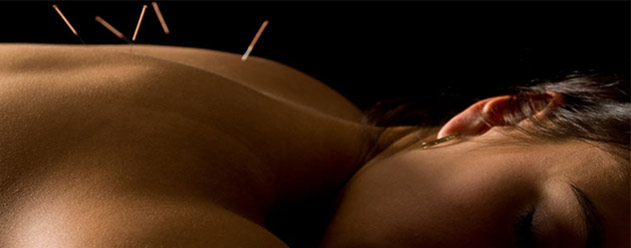 |
Information on Dr. Susanna Listenmaa, DC's treatments |
Specialized topics by Dr. Susanna Listenmaa, DC
What is CBP?
There are many different techniques used in the chiropractic profession. It is quite plausible that if you visited ten different chiropractors, you would be offered ten different types of treatment techniques. CBP, which stands for Clinical Biomechanics of Posture, is evidence-based care supported by research. This technique takes engineering and physics principles and applies them to the spine. The concept is simple: a normal human spine should be straight from the front view, and curved from the side view. We now know exactly how much curve a spine should have – thanks to research. Too much or too little can lead to abnormal load distribution, and can subsequently lead to degenerative disc disease, osteoarthritis, chronic pain, and irreparable damage to the spine. If a person has an abnormality in their spine, CBP can be used to correct or improve it. Dr. Listenmaa can identify and explain any structural abnormalities you may have in your spine, and go over some recommendations to improve or correct your problem.
Why Is Posture So Important?
Posture is often referred to as the “window to the spineâ€. By looking at your posture, we have a basic indication as to what your spine looks like. For example, one of the most common postural abnormalities is forward head posture. If you stand in your normal upright position, and your head does not line up with your shoulders, your x-ray will show an abnormality in your neck. From the x-ray, Dr. Listenmaa can measure exactly how much your spine differs from an ideal spine. Most postural abnormalities are acquired very gradually over a long period of time – but they can be corrected with treatment and ergonomic improvements.
Why Choose CBP?
CBP addresses structural problems by using exercises and traction to remodel your spine. Many types of treatment can help to alleviate pain and enable one to function better temporarily. However, gravity is always applying force to your spine so symmetry is key, and curves in the spine are necessary from a biomechanical standpoint. If you have a structural problem, you need a structural solution. CBP can deliver not just temporary relief from your painful symptoms; CBP offers a long term solution by addressing the root of the problem, and not just the symptoms.
Does Traction Hurt?
Traction is the term used to describe equipment that applies load to the spine. There are many different types of traction equipment that we use, depending on what your spine looks like. Treatment protocols are created on an individual basis. The treatment is not painful.
Quantifiable Results
On your first visit to the office, a thorough neurological and orthopaedic exam is conducted. As part of that exam, a detailed postural analysis is done using specialized software to analyze and measure any postural abnormalities you may have. Your x-rays are also measured and analyzed to compare your spine to the ideal spinal model. Post-treatment x-rays will be done after you have been under care to determine how well your spine has progressed and responded to treatment. You will clearly see how much you have improved.
Scoliosis Treatment
Scoliosis is the term used to describe abnormal bending and twisting of the spine. In most cases, the cause of the deformity is unknown, although researchers currently suspect a genetic link. Approximately 2-3% of children between the ages of 10-15 will be diagnosed with scoliosis.
When a child is diagnosed with scoliosis, time becomes a major factor in dictating that child's prognosis for improvement. Over time, different methods of active treatment have been developed to decrease or stop the progression of scoliotic curves. Dr. Listenmaa has undergone extensive training to become proficient at conservative management of scoliosis. Her qualifications include the following:
- Completed the World Master Course through the ISICO on scoliosis management
- Advanced certified through CBP; the most researched technique in the chiropractic profession when it comes to dealing with postural and structural abnormalities.
- Certified to brace using Scolibrace. Developed by Dr. Jeb McAviney in Australia, Scolibrace is a custom 3-D brace that focuses not only on halting progression of a curve, but also on potential correction (depending on magnitude of curve).
- Certified as a SEAS practitioner. SEAS stands for "Scientific Exercises Approach to Scoliosis". It is one of the only techniques that has been researched and proven to help with scoliosis. Exercises are individualized to the patient, and depending on the magnitude of the curve, have the potential to halt the progression of a curve.
As a parent, some signs to look for include:
Asymmetrical shoulders
Rib hump
Asymmetrical hips
Asymmetrical waist
One shoulder blade more prominent than the other
Children can be screened at any age. If you have detected any visible abnormalities in your child, or would like a professional screening, contact our office today.




